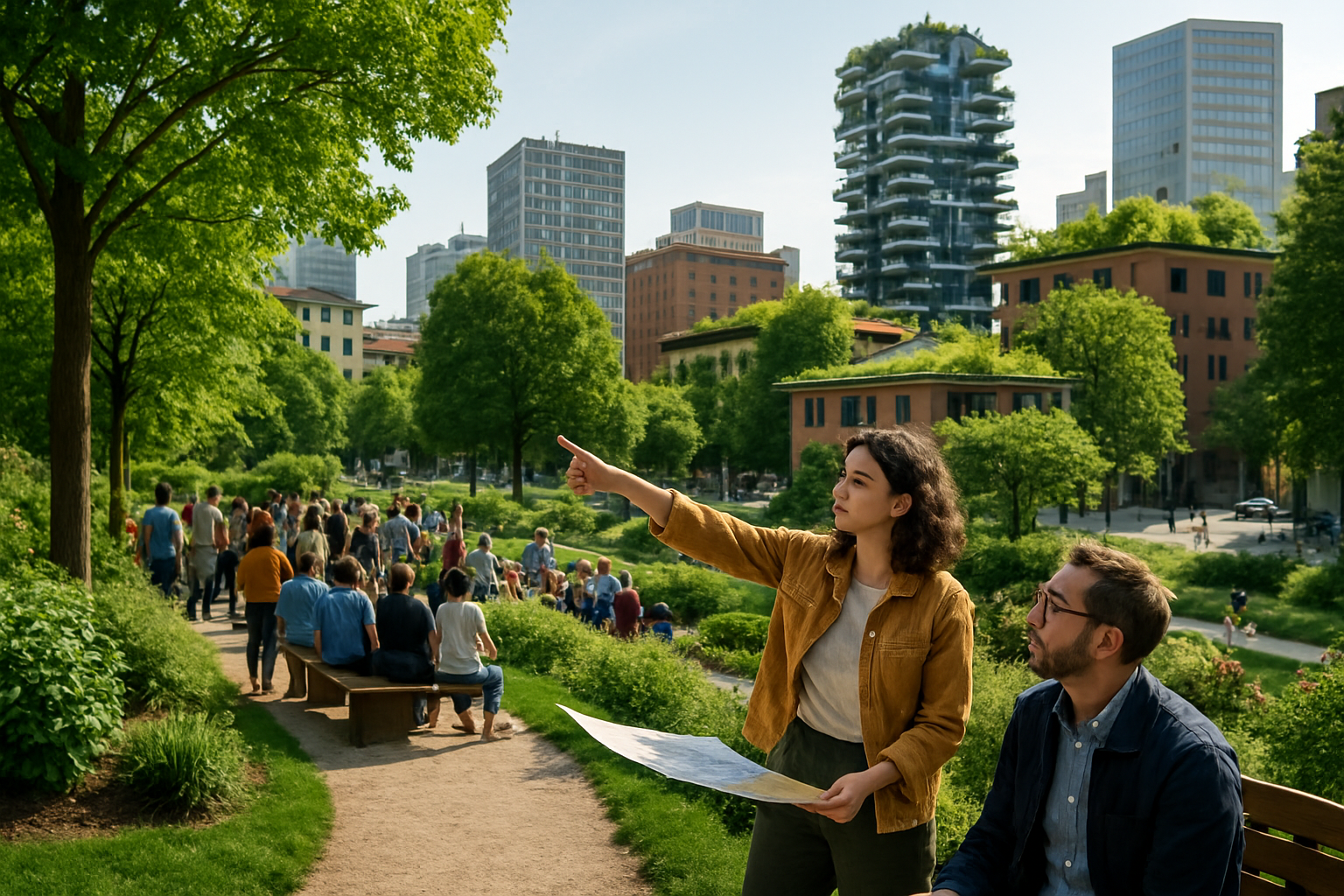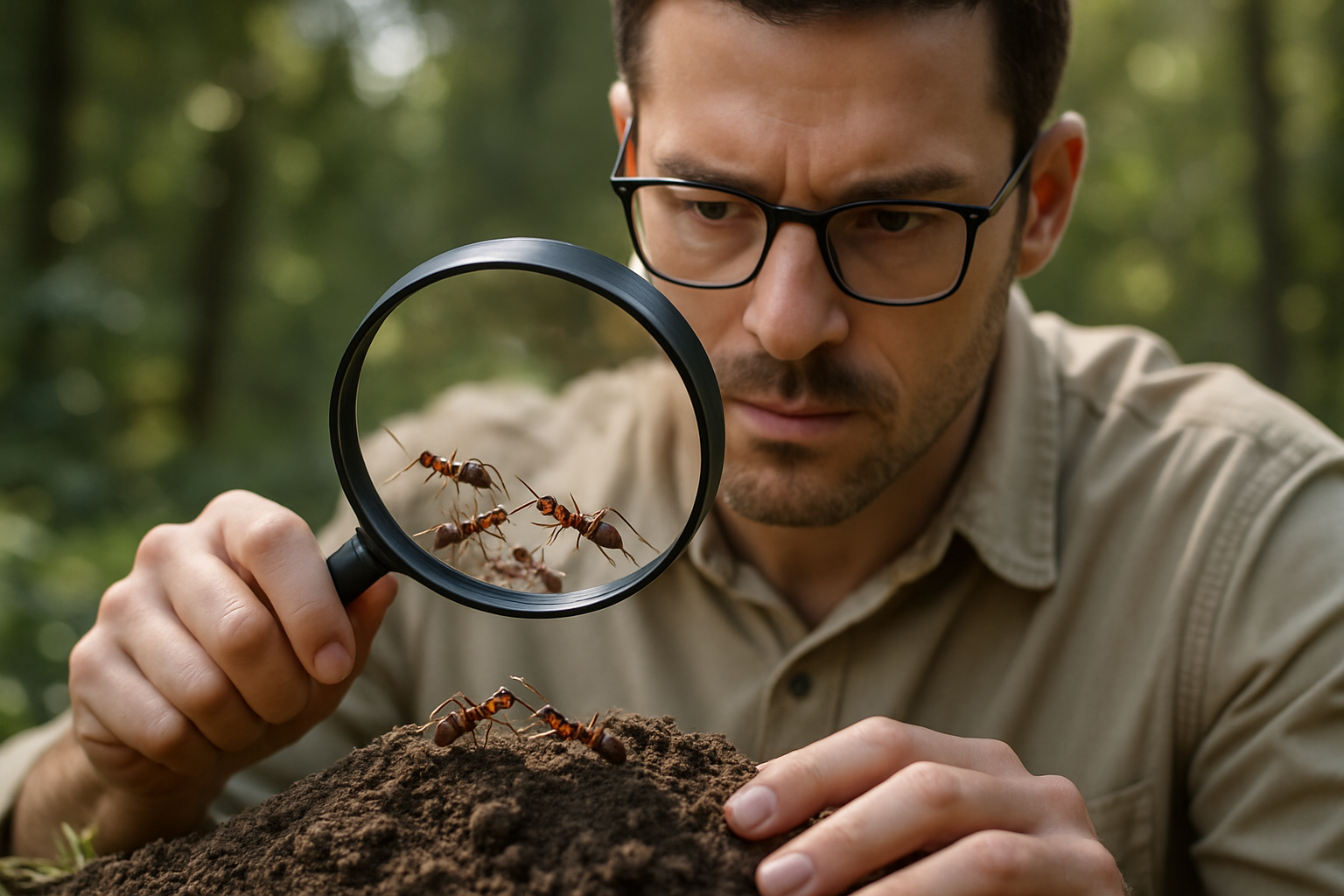Rethinking Urban Green Spaces: A Sociological Perspective
Today's rapidly urbanizing world is giving rise to a growing need for green spaces. These urban oases offer more than just aesthetic appeal—they play a crucial role in societal health, sustainability, and community building. Read below to delve into the sociological significance of urban green spaces in our modern world.

Breathing Life into Concrete Jungles: Historical Context
Urban green spaces—parks, community gardens, green rooftops, and even tree-lined streets—have been a part of cityscapes since ancient times. The Hanging Gardens of Babylon, one of the Seven Wonders of the Ancient World, reflected early recognition of the value of integrating nature into urban life.
In the 19th century, the industrial revolution’s grimy cities led to the creation of urban parks for respite and recreation. Notable urban planner Frederick Law Olmsted designed Central Park in New York City and Boston’s Emerald Necklace park system, pioneering the concept of accessible green spaces in urban settings.
Urban Green Spaces Today: A Focus on Sustainability and Well-being
In the 21st century, urban green spaces have taken on new significance in response to pressing global issues like climate change and mental health. They serve as vital carbon sinks, helping to mitigate city pollution and heat island effects. Moreover, research corroborates the positive effects of green spaces on mental well-being, reducing stress and fostering a sense of community.
Increasingly, urban planners and architects are incorporating green spaces into their designs, recognizing their role in enhancing the quality of city life.
The Social Movement: Greening the Urban Landscape
An emerging social movement is pushing for more green spaces in cities, galvanized by environmental consciousness and a desire for healthier urban living. This grassroots movement is redefining the urban landscape, transforming vacant lots into community gardens and advocating for policies that prioritize urban greening.
These efforts have significant implications for urban societies. Studies show that community-managed green spaces can strengthen social ties and foster a sense of collective identity. The act of creating and maintaining these spaces can empower communities, helping to combat the alienation often associated with urban living.
Societal Significance: A Lens into the Future
As we grapple with climate change and urbanization, urban green spaces offer a tangible solution that fuses sustainability with societal well-being. By promoting biodiversity, reducing pollution, and enhancing mental health, these spaces are shaping a more sustainable and inclusive vision of urban life.
In the future, we may see urban landscapes interspersed with green, vibrant pockets that serve as communal spaces for recreation, reflection, and respite. This shift could redefine our understanding of urban living, pointing towards a future where cities are not just concrete and steel, but also green and alive.
A Green Future is a Social Imperative
Urban green spaces are not just an aesthetic luxury, but a social necessity in our rapidly urbanizing world. As we continue to build and shape our cities, we must recognize the value of these spaces and their role in fostering a healthier, more sustainable, and more socially connected urban society. The future of urban living depends on our ability to strike a balance between development and preservation, concrete and green, individual and community.





